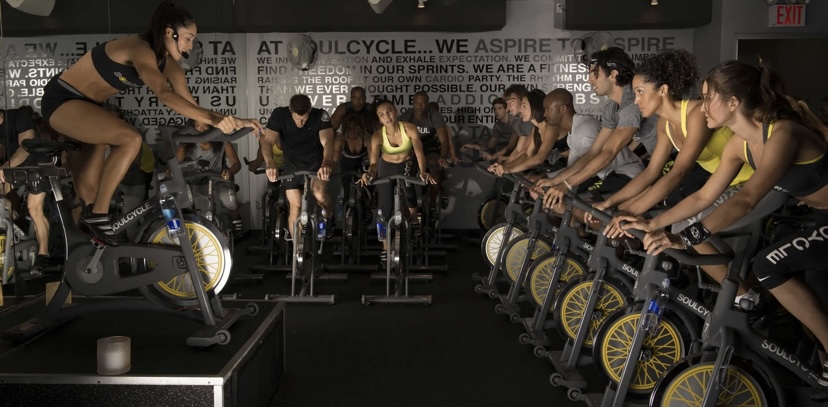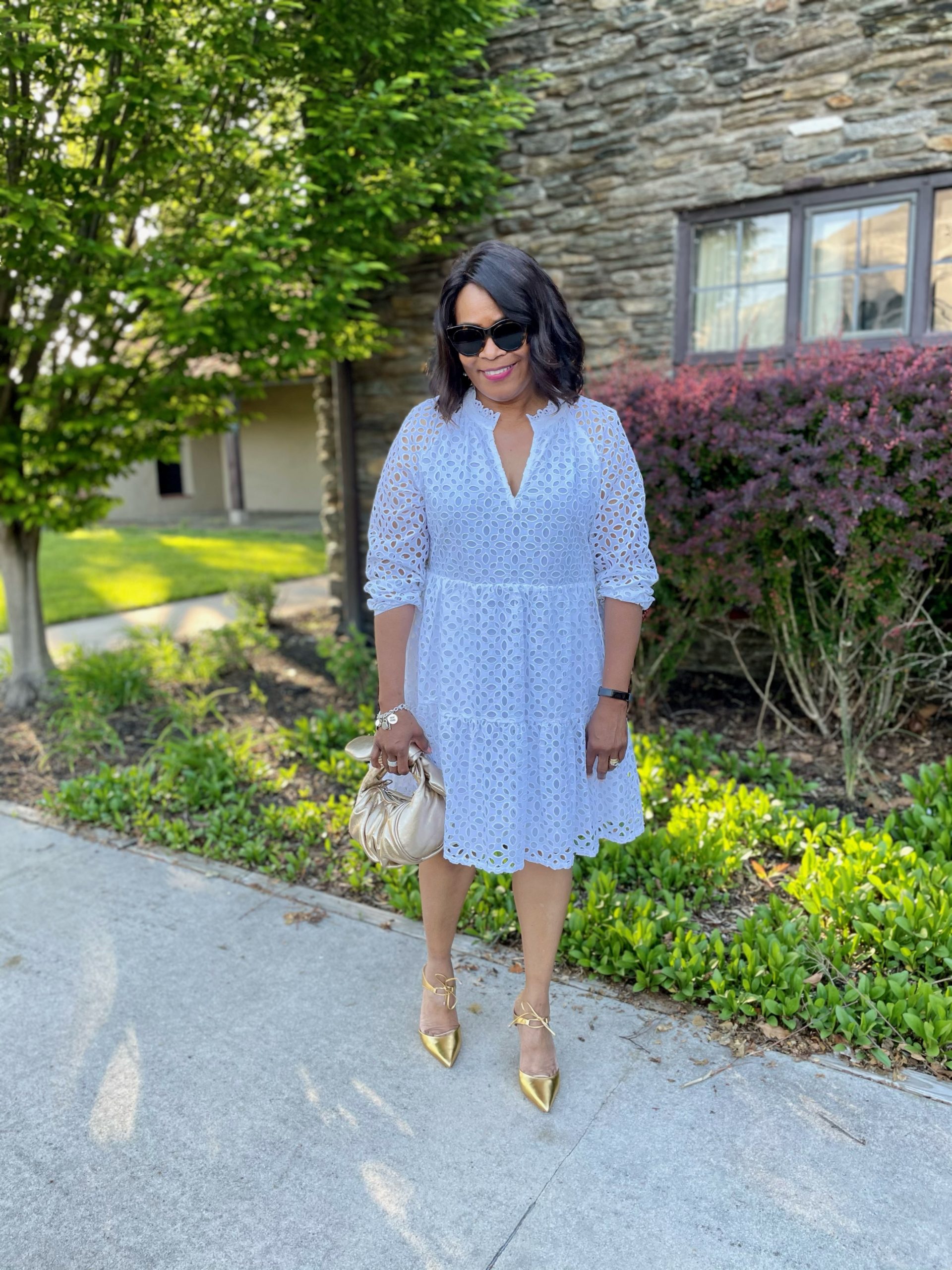
By reaching midlife, we can all attest to the power of moving our bodies. What’s your wellness and fitness journey? While pondering, do you remember these fitness trends?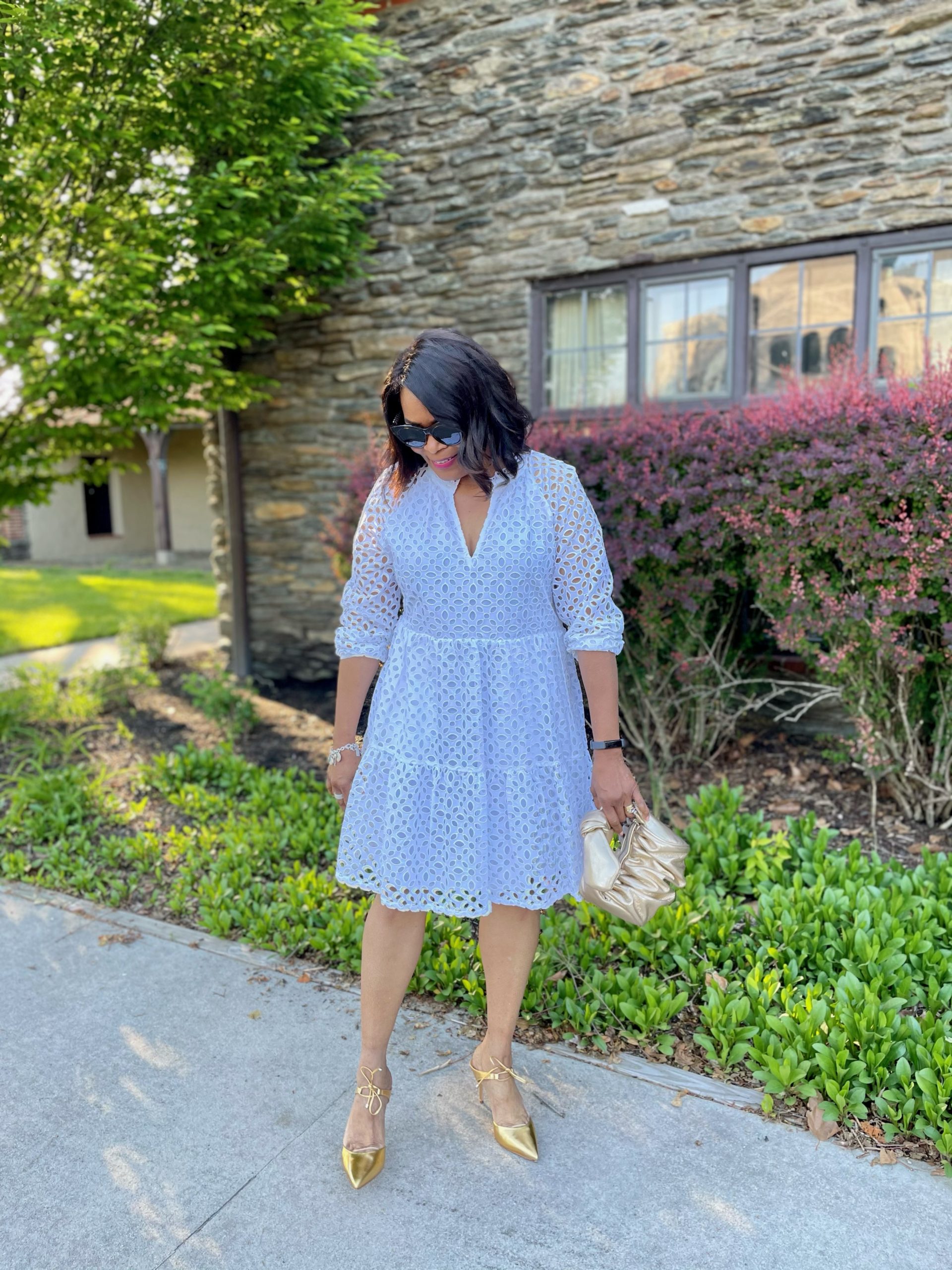
Before we explore the various fitness crazes, let’s remember the importance of moving our bodies for 30 minutes every day.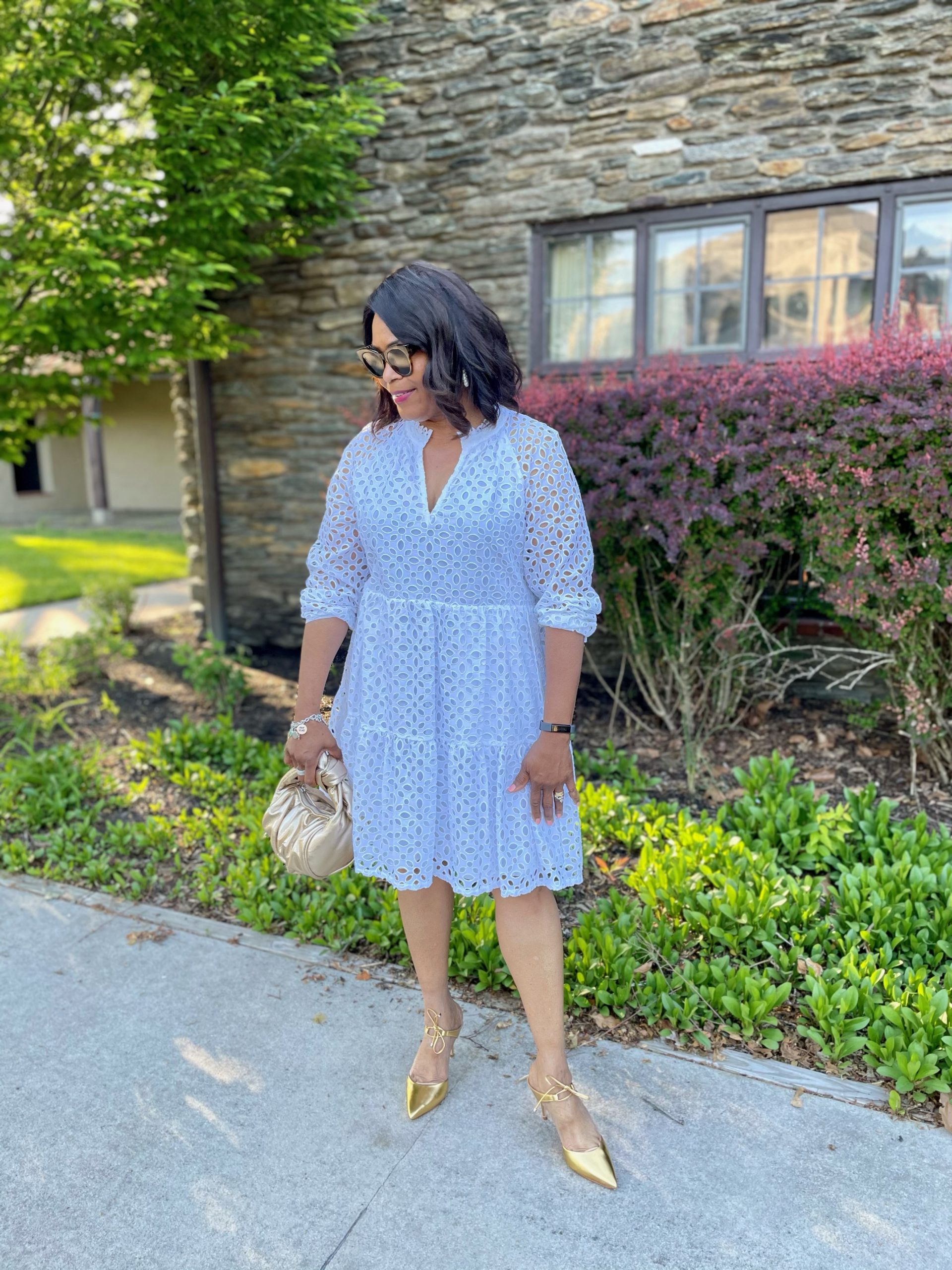
The American Heart Association guidelines recommend that midlife adults engage in at least 30 minutes of moderate exercise per day, but some studies say that 30 minutes is not enough.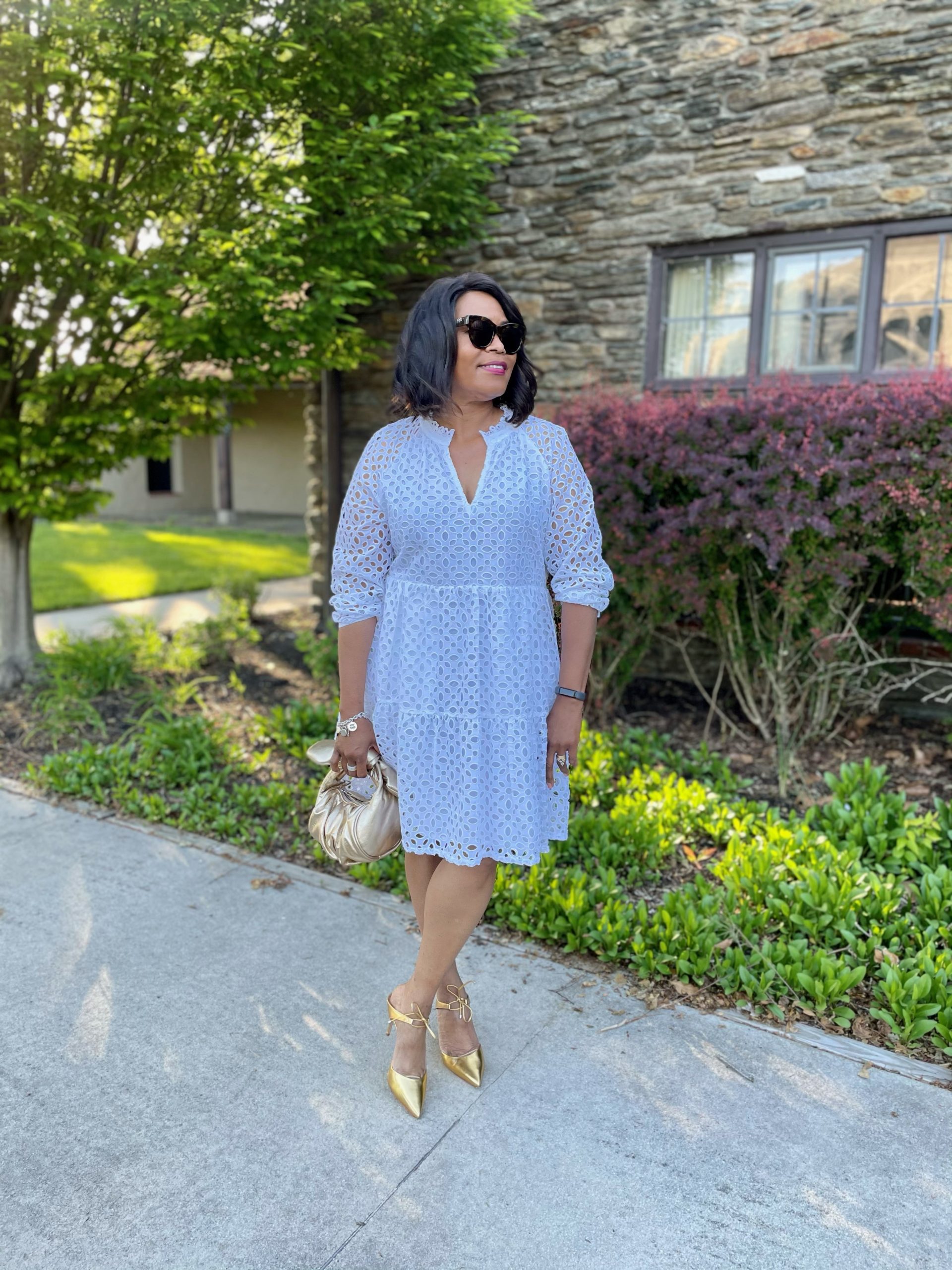
If you want to lose or maintain weight loss, you may need to exercise more.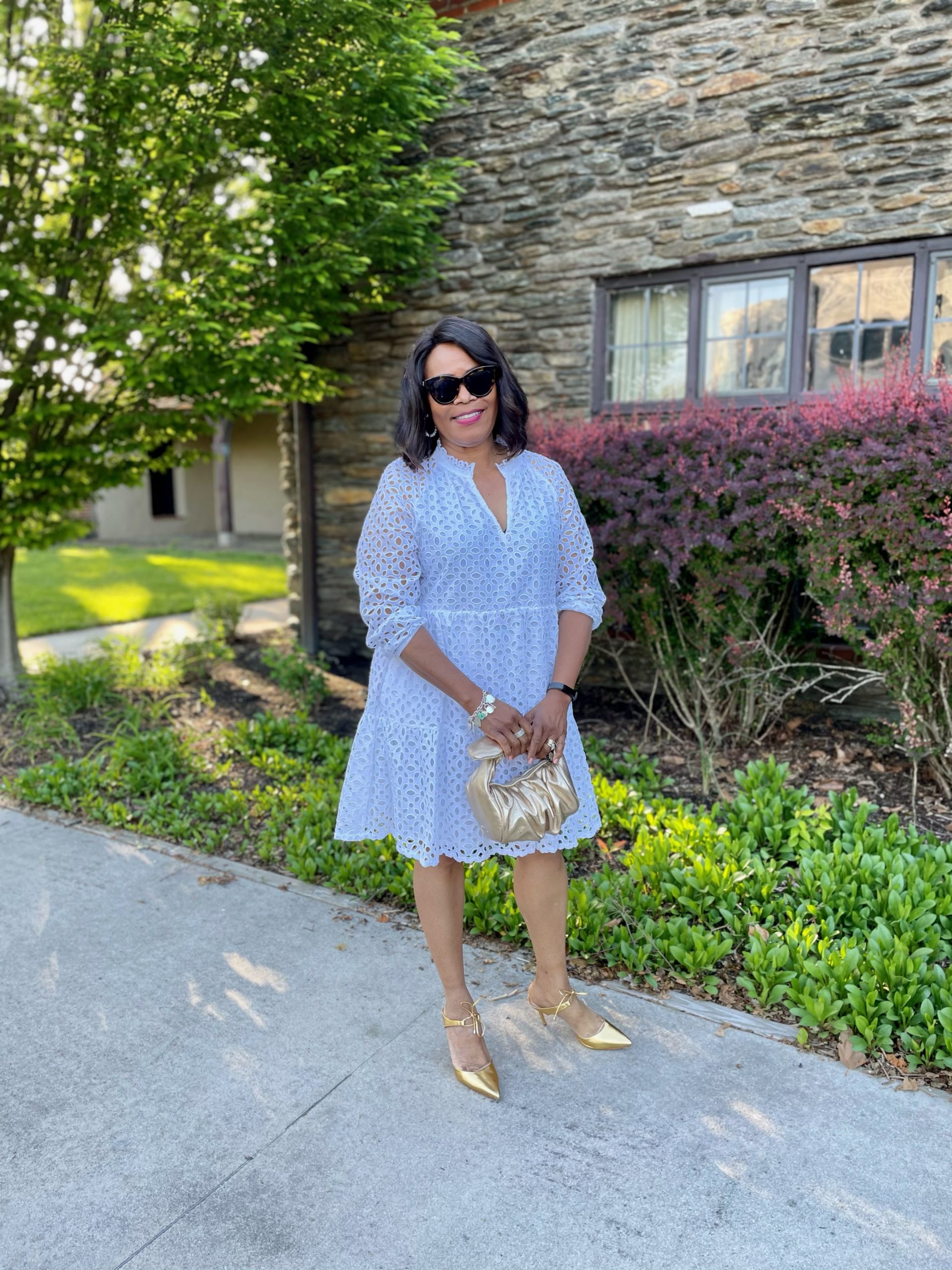
I was never one for gym memberships, except when I joined the aerobics craze. Then I found fitness instructor Denise Austin’s classes on USA Today.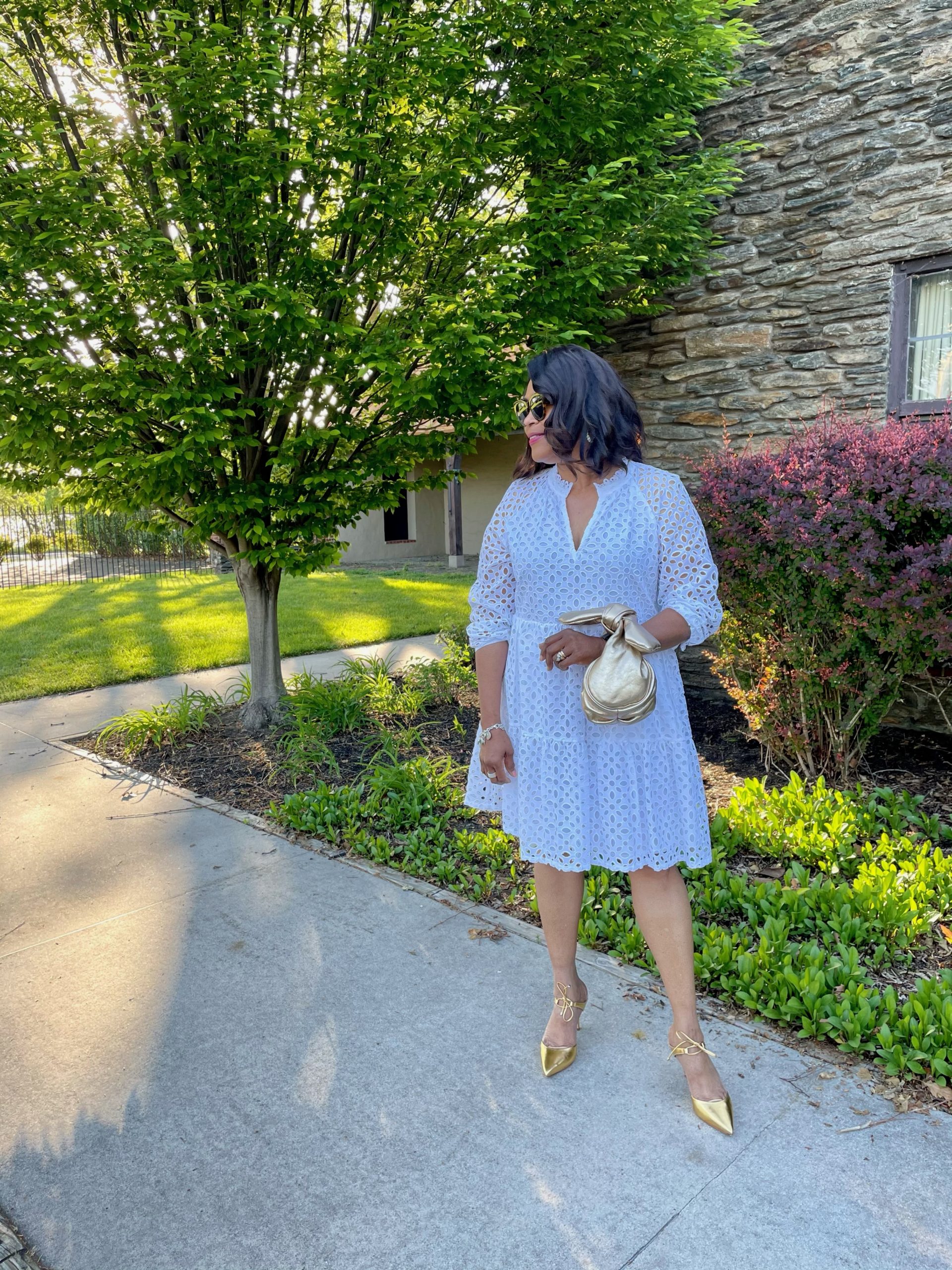
Walking and a weighted hula hoop are my preferred options.
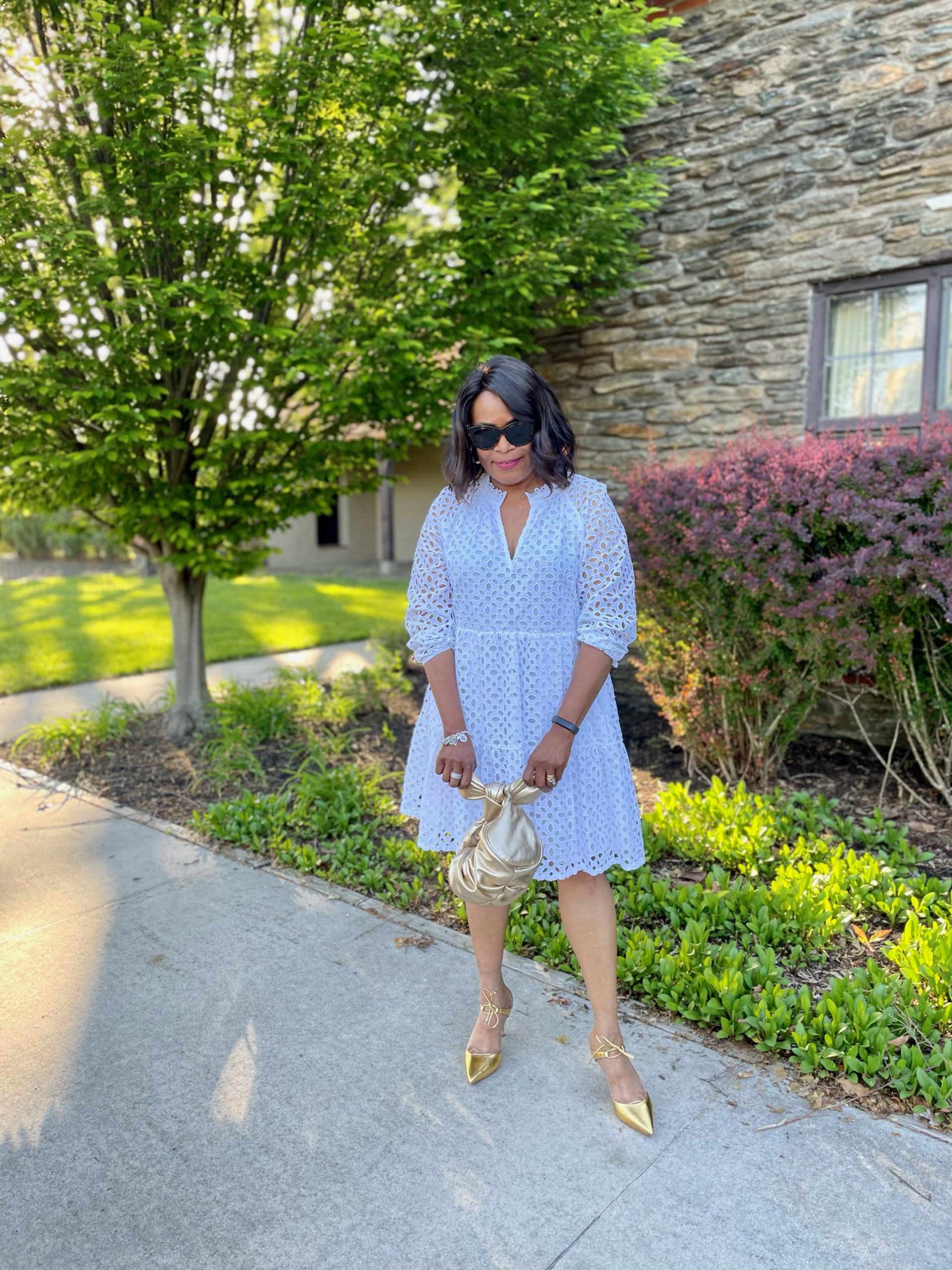
Last year’s COVID-19 upended the normalcy of my fitness routine. Why? I, like everyone else, became more sedentary with sitting for endless Zoom calls and too much streaming.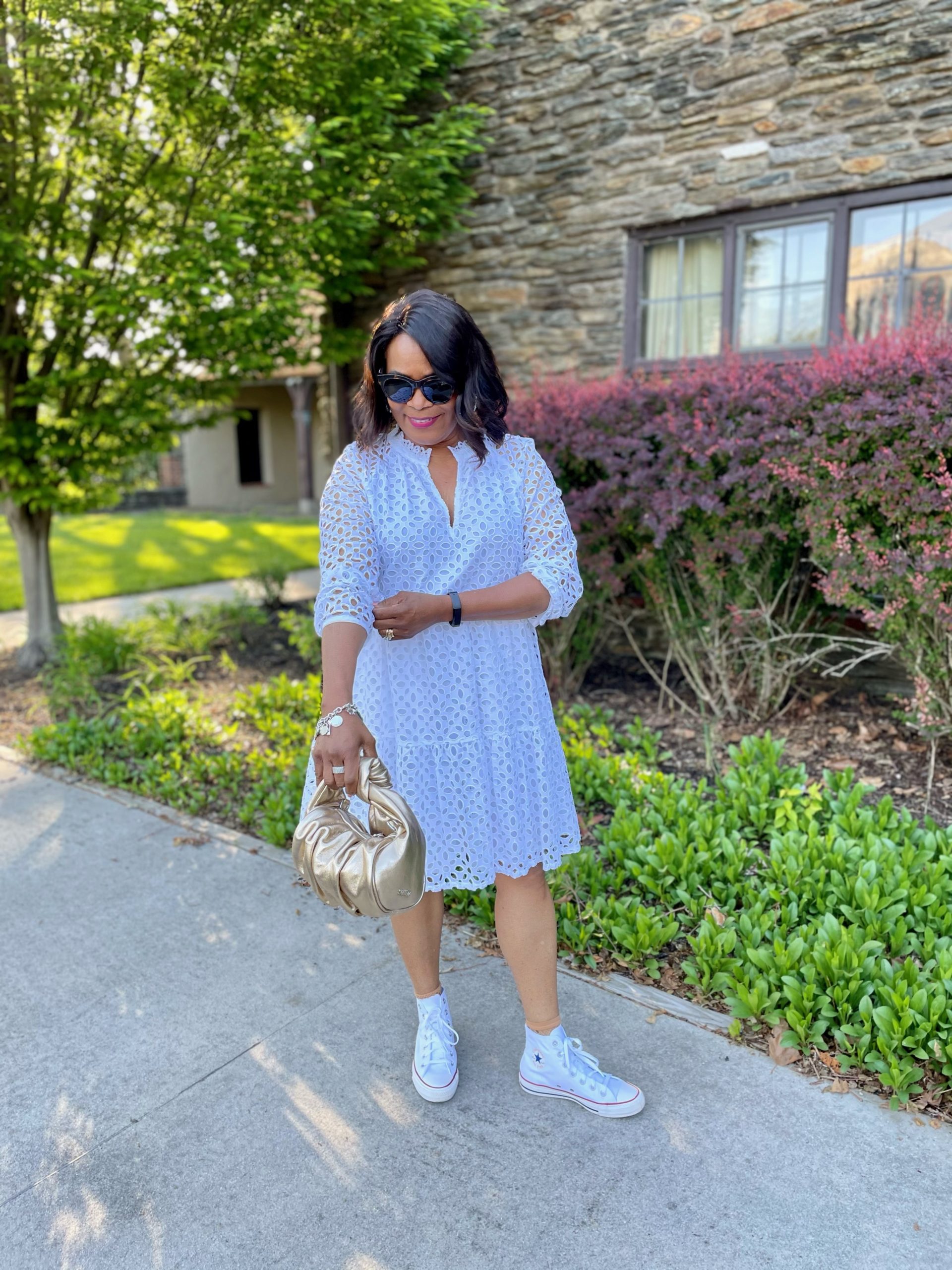
The Workout Revolution:
Stretching: the 1950s, remember Jack LaLanne on television. LaLanne opened the nation’s first health and fitness club in California.
Hula-Hooping: 1958 Before it was a toy, hula hoops were a workout tool. Today, according to the Mayo Clinic, 30 minutes of hula hooping can burn between 175 to 200 calories.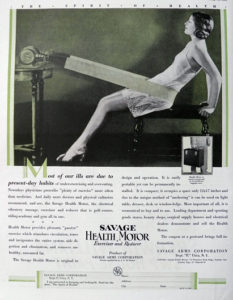
Vibrating Belt: In the 1960s, the no result of vibrating belts
Bodybuilding: 1977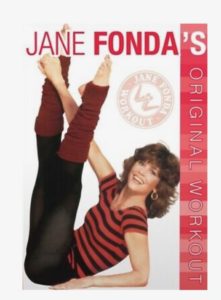
Aerobics: In the 1980s, I think all Baby Boomers, including myself, jumped on this fitness craze with Jane Fonda’s iconic workout videocassette. Jane released the first exercise video.
Nordic Track: Invented in 1975, popularity increased in the 1980s.
Jazzercise: the 1984 mix of jazz dance, ballet, Pilates, yoga, and kickboxing –
Buns of Steel: The 1987 video features an aerobic warm-up and unique bodyweight moves targeting the glutes.
Richard Simmons: Sweatin’ to the Oldies in 1988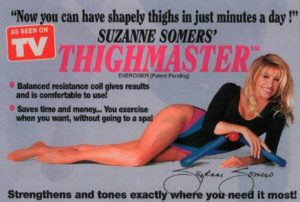
ThighMaster: 1990. Suzanne Somers, the featured celebrity, helped to popularize the product.
Tae Bo: 1990s, the high-intensity cardio workout combines martial arts, boxing, dancing, and hip-hop beats with Karate master Billy Banks.
Bowflex: Home Gym, 1991, a series of fitness training equipment
Nintendo releases the Life Cycle. The static bike was the first to add a screen playing mounting bike rally and speed racer,
The Ab Roller: 1994.
8 Minute Abs: 1995
P90X: 2003
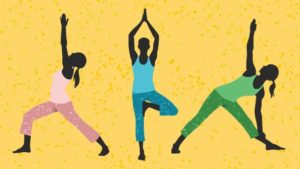 Yoga, an ancient discipline for physical, spiritual, and meditative practice, went mainstream in early 2000.
Yoga, an ancient discipline for physical, spiritual, and meditative practice, went mainstream in early 2000.
Barre: 2005, great workouts for people who love to dance and low-impact workouts.
Insanity: 2009. a 60-day program designed to condition your entire body without using any equipment.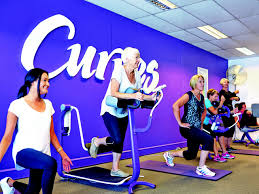
Curves: who remembers the 30-minute circuit training for women? I was a member for years.
Zumba: 2012. Advanced mix from hip hop, salsa, and even martial arts.
The Nintendo Wii: 2012, interactive group play, my kids had this one.
Spinning: Can I say Soul Cycle? – since 2013 but opened as early as 2006.
Waist Trainers: 2014. Corset-like waist trainers trendy but don’t do much to widdle down the waist
The Fitbit: 2015, Digital Healthcare, wearing since 2014.
Crossfit was founded in 2000 and became a cult-like fitness craze by 2017. This grueling strength and conditioning training program combines aerobics, weightlifting, and calisthenics.
High-intensity interval Training (HIIT) usually lasts less than 30 minutes. Workouts include short bursts of intense work followed by brief rest periods.
Smart Home Gyms:
Peloton Interactive entered the market in 2013 with its innovative live streaming with social interactivity.
Mirror: Let’s you take fitness classes in a mirror in your home
Tempo: Like Mirror, Tempo’s sleek design blends into your home- it looks like an industrial bookcase.
Fight Camp: In-Home Boxing Bag, guided workout classes, and intelligent boxing gloves.
Tonal: uses digital weights to work out your muscles using a compact home gym.
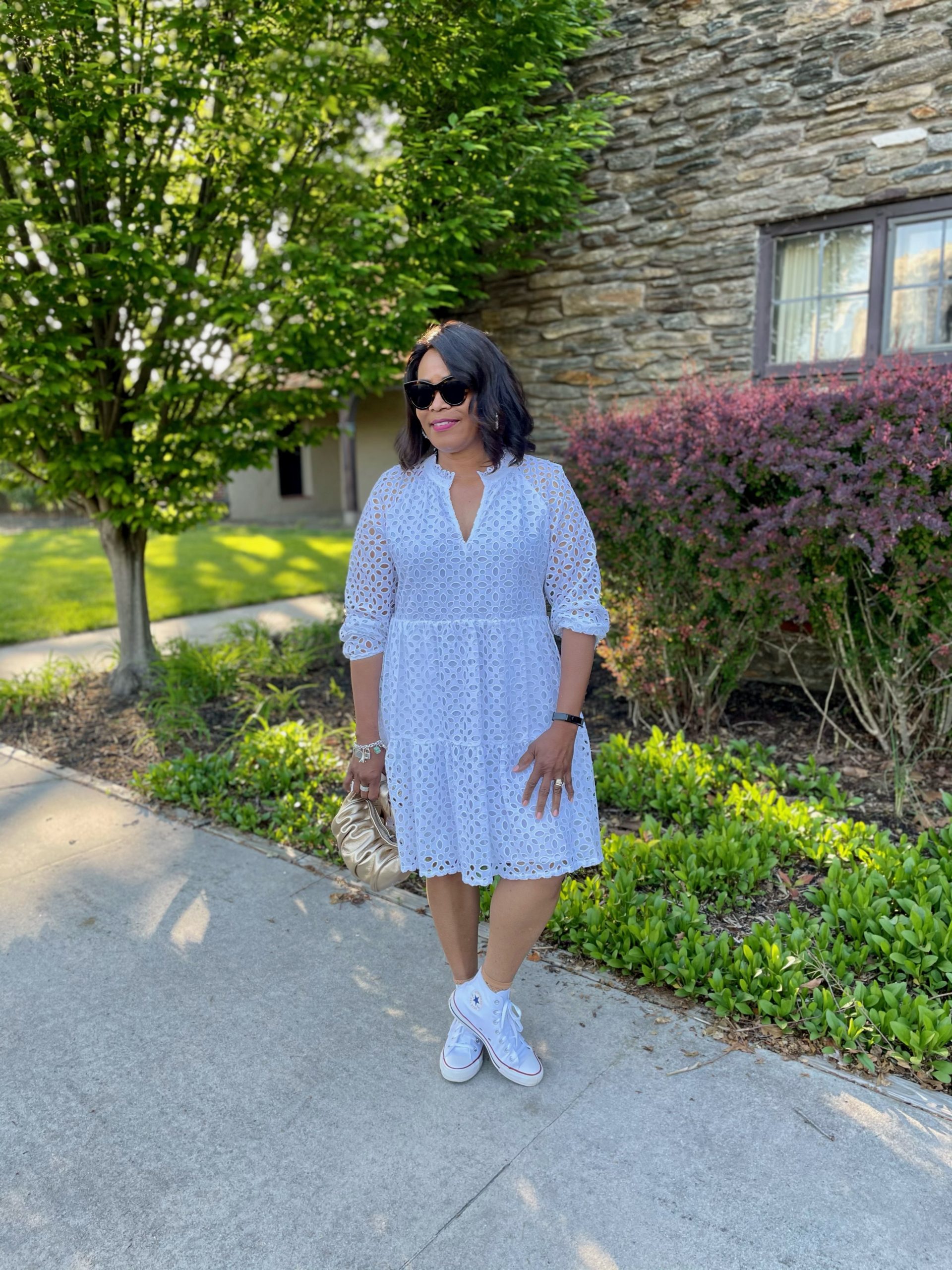
If nothing else, we all know isolation contributes to a decline in our mental health from not being social and connecting with others.
A great option to stay fit with technology: At-home fitness, mostly digital options, includes online classes and fitness Apps/trackers to aid in staying active.
I’m happy to say that I’ve tried and stuck with many fitness trends over the years. I need to step up my game and do 30 minutes daily.
Which of these fitness trends have you adopted over the years? Do tell.
As always, thank you for reading.

